Find Any Kiosk Machine You Need And Contact Lean Kiosk Now
All Products
Select Any Product
- Request A Quote Now

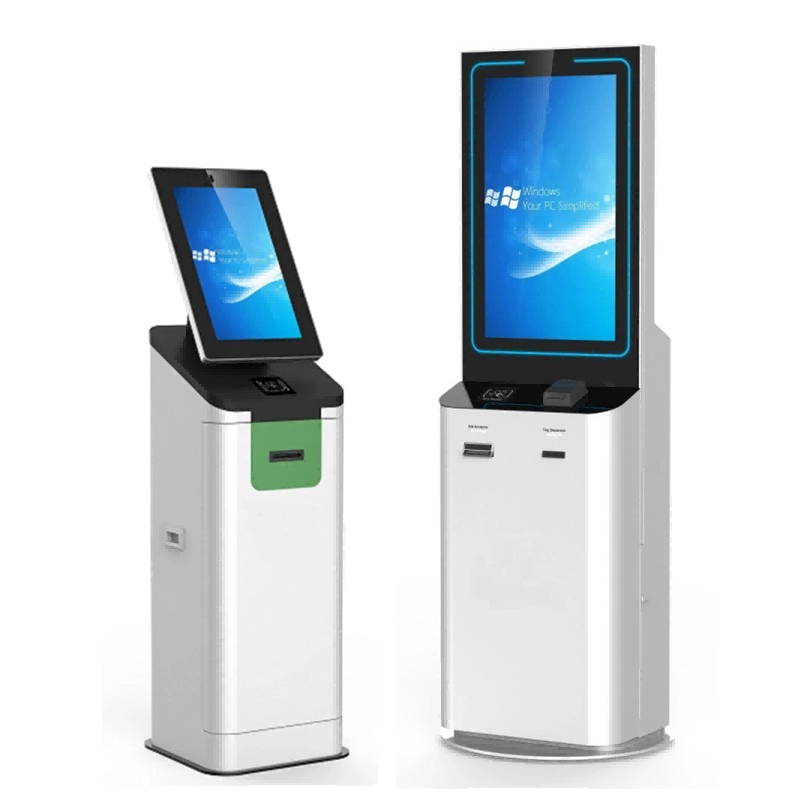

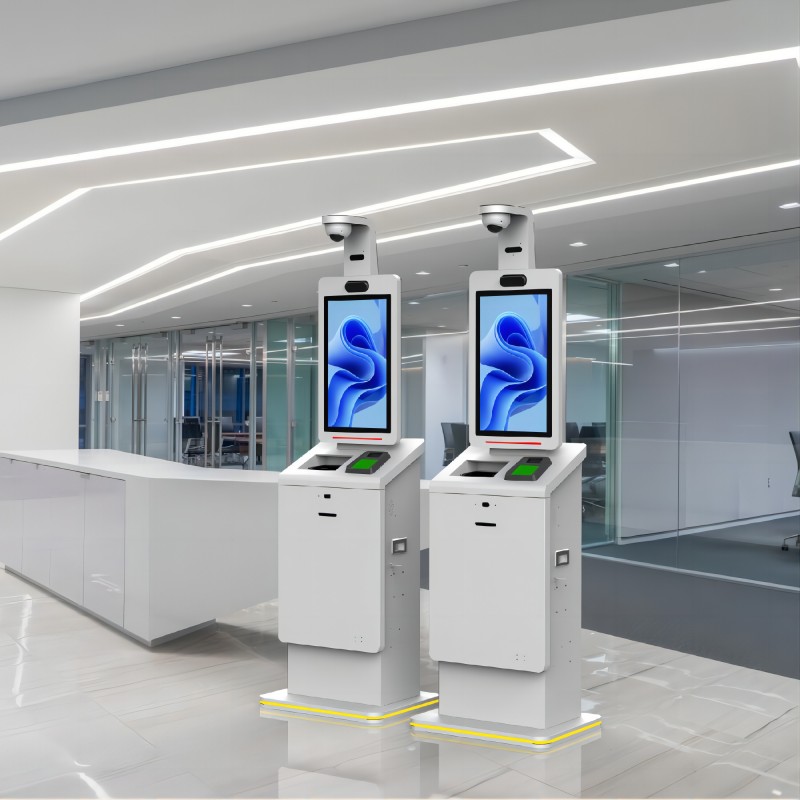

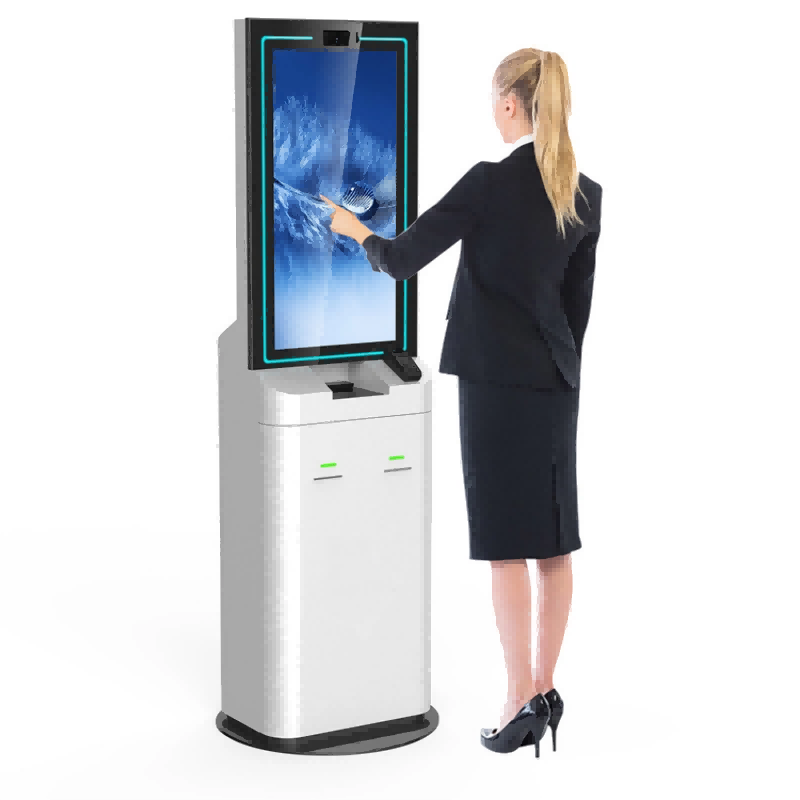
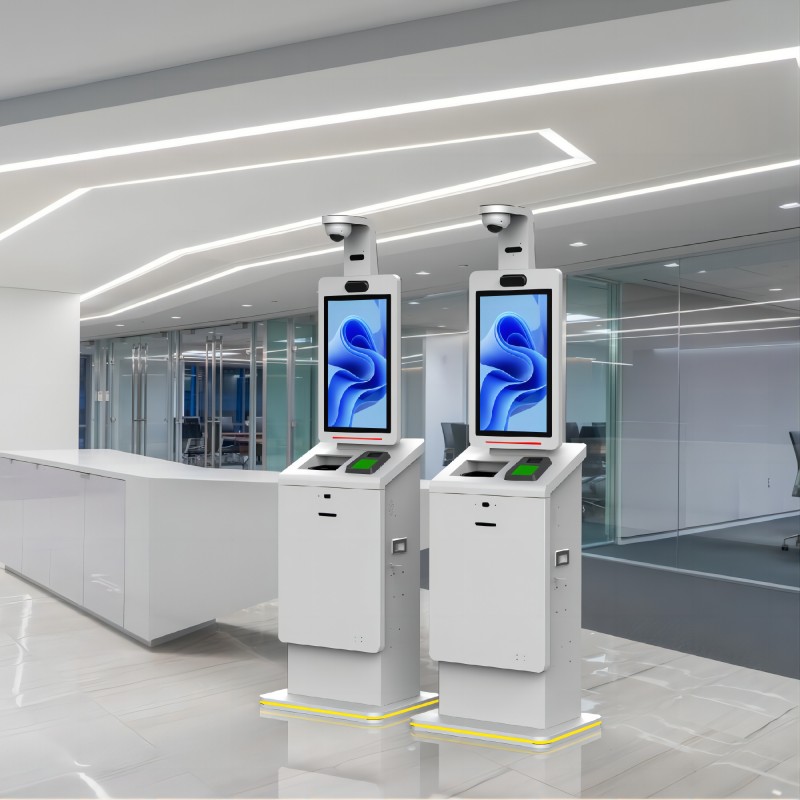
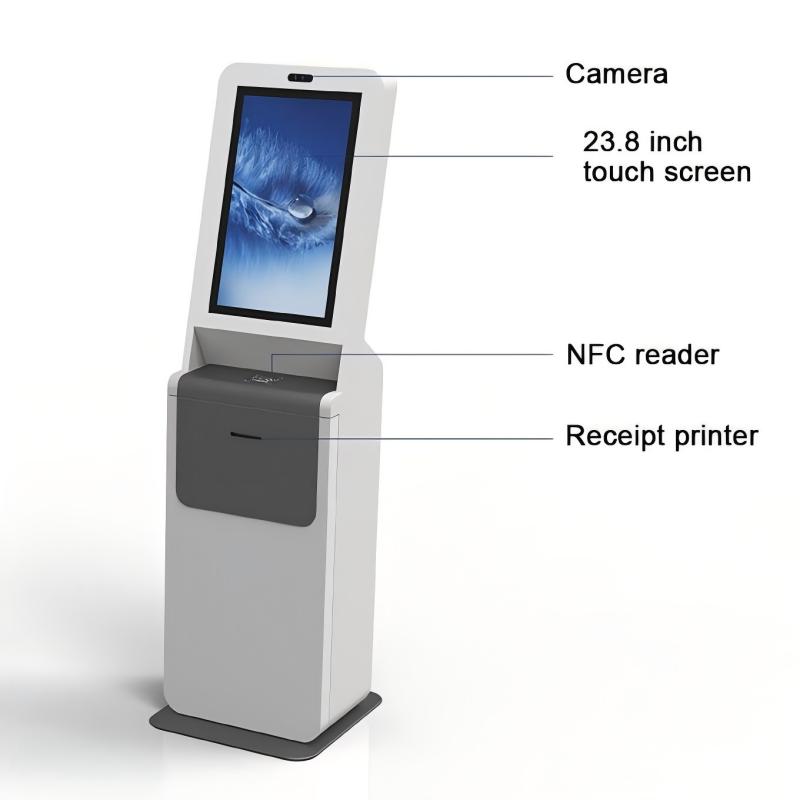
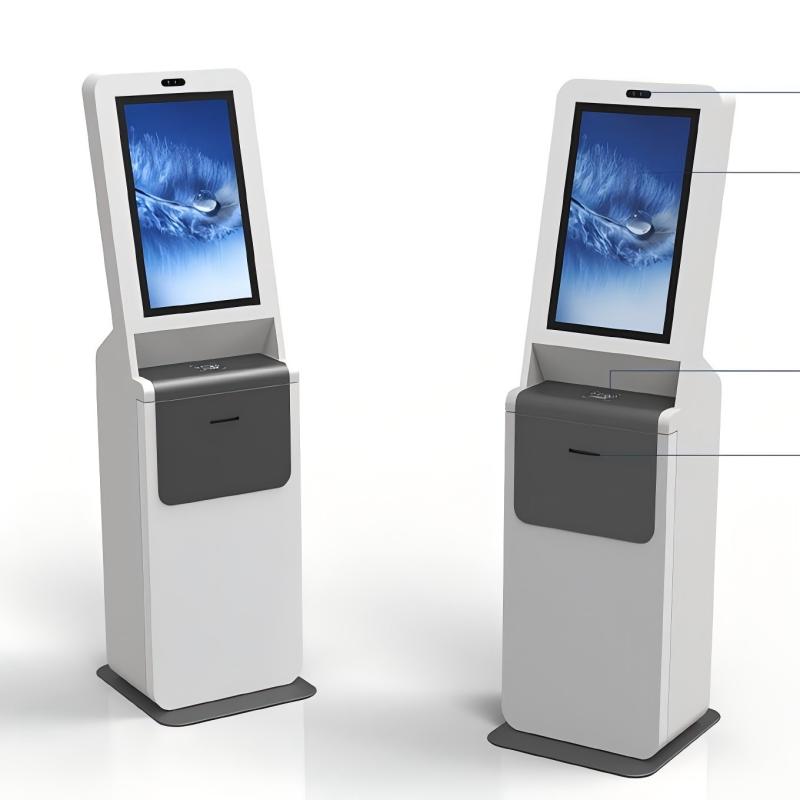

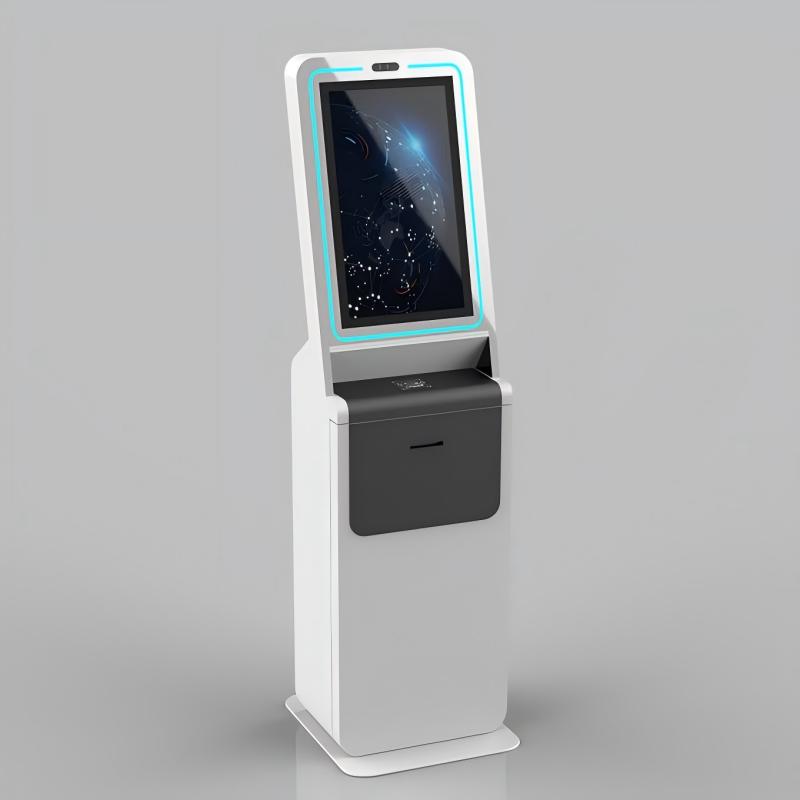
What did our happy clients say?
We recently installed the train station kiosks and are extremely satisfied. The user-friendly interface and sleek design have significantly improved passenger experience. Highly recommend this manufacturer!
These kiosks are a game-changer for our station! The installation was seamless, and the support team was excellent. Our passengers love the convenience. Thank you for a great product!
The train station kiosks have exceeded our expectations. They are durable, efficient, and easy to maintain. The custom features perfectly suit our needs. We highly recommend this supplier!
We are thrilled with our new train station kiosk. The quality and functionality are top-notch, and the customer service was outstanding throughout the process. A fantastic investment!